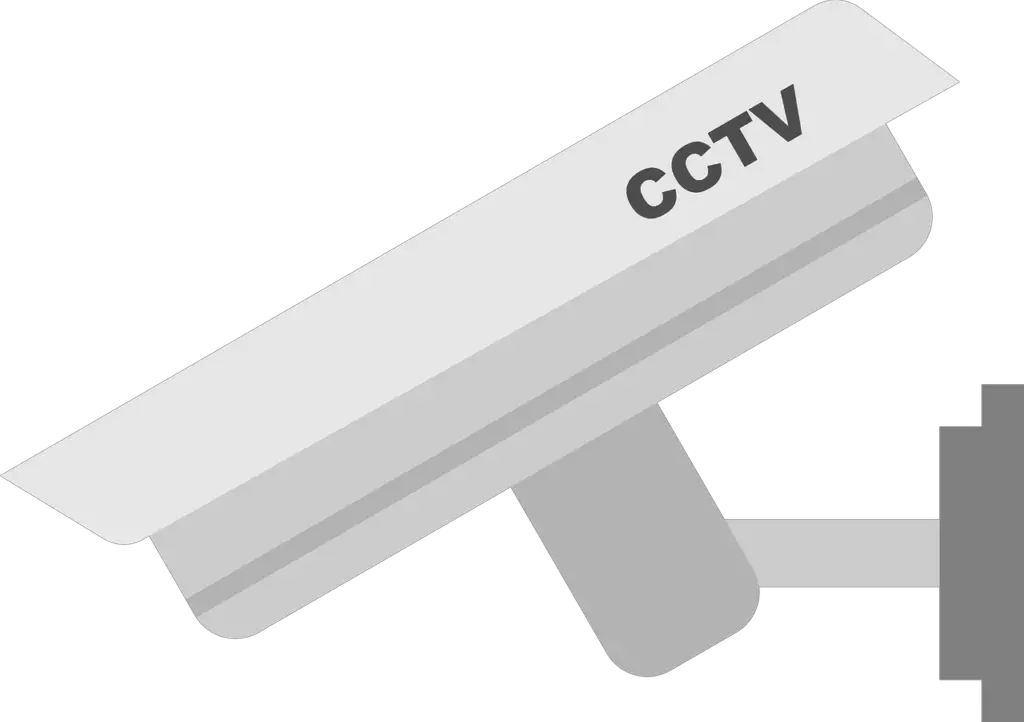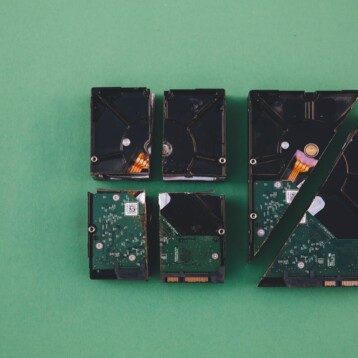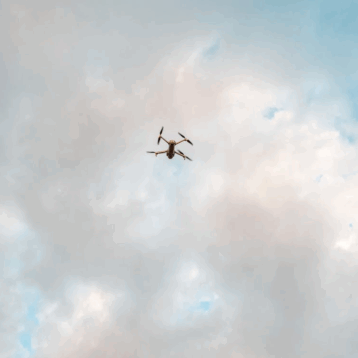
Key Takeaways
- Different types of CCTV cameras offer features such as high-definition video, night vision, and motion detection for enhanced security.
- We have listed the advantages and best uses for each camera.
- These cameras offer extensive coverage with remote pan, tilt, and zoom capabilities, making them suitable for monitoring large public areas.
- With these, one can ensure 24-hour surveillance by capturing clear video in complete darkness, thus, making them perfect for outdoor security.
With technological improvements, most security cameras have evolved beyond simple surveillance and now allow remote access, high-definition video, and motion detection.
Let’s look at the many types of security cameras and their unique applications to help you identify the best fit for your security requirements.
Different CCTV Camera Types & Their Uses
IP CCTV Cameras
IP (Internet protocol) CCTV systems, often known as network cameras, are digital video security cameras that communicate with a network video recorder (NVR) via a fast Ethernet link. These cameras are noted for providing better video quality than typical analog systems.
Key Benefits:
- High-resolution photos provide more information and cover larger regions.
- The system may easily be expanded and scaled as needed.
- Support for advanced features like motion detection, night vision, and remote access.
Uses:
IP CCTV systems are ideal for locations that demand high-quality video surveillance. They are especially useful in contexts where detail is important, such as monitoring shop locations, securing sensitive sections in corporate buildings, or supervising congested public spaces.
Wireless CCTV Cameras
Wireless CCTV cameras are popular for residential and business security because of their flexibility and simplicity of installation. Unlike their wired counterparts, wireless security cameras relay video footage using Wi-Fi instead of coaxial wires.
Key benefits:
- Simple to set up and move, providing adaptability for different types of monitoring requirements.
- less obtrusive—no need to dig holes or run cables through walls.
- allows live and recorded video to be viewed remotely on internet-connected devices.
Uses:
- Ideal for temporary security installations or locations where wiring is prohibitive.
- Ideal for tenants seeking a mobile security system or a home security camera system.
- Perfect for homes and small businesses that need a simple, flexible security system.
HD Surveillance Cameras
High-definition surveillance cameras record video at a higher resolution than standard-definition cameras, giving better image clarity and detail. These cameras are indispensable for recognizing faces, license plates, and other important features in security film.
Key benefits:
- Provides high-resolution video footage, which facilitates item and person identification.
- Better performance in low light than standard definition cameras.
- Improved digital zoom powers without appreciable detail loss.
Uses:
- Extensive video footage is necessary for critical places, like high-security zones and entry points.
- Clear image quality is used by retail establishments to monitor client behavior and discourage theft.
- Any setting where security demands a high level of identification and specificity.
Pan Tilt and Zoom (PTZ camera) CCTV
PTZ CCTV cameras are adaptable and dynamically controlled, enabling users to zoom in on particular regions for in-depth surveillance as well as pan (move horizontally) and tilt (move vertically).
Key benefits:
- Offers extensive coverage and remote field of view adjustment for the camera.
- Video quality is maintained while obtaining up-close views thanks to optical zooming features.
- Perfect for keeping an eye on big areas that require periodic focused observation.
Uses:
- Parks, parking lots, and marketplaces are large public areas that need to be monitored broadly and targeted.
- Commercial spaces need to have adjustable viewing angles and real-time incident focus.
Infrared Night Vision Cameras
Infrared night vision cameras use IR LEDs to light up their field of vision, enabling them to record crisp video in total darkness. Thanks to this technology, they are essential for ongoing surveillance regardless of lighting conditions.
Key benefits:
- Visible film in complete darkness, guaranteeing 24-hour security.
- frequently have motion detection installed, which increases their usefulness at night.
- Certain versions have color night vision, allowing clear footage even in dimly lit areas.
Uses:
- These make excellent outdoor security cameras since they are appropriate for locations that need to be monitored around the clock, like parking lots, the region’s surrounding buildings, and any outdoor space with little to no lighting.
Day and Night CCTV
CCTV cameras are designed to produce the best possible images in various lighting situations, both during the day and at night. They may always ensure clarity and detail by switching from color footage in the daytime to black-and-white footage at night. For storage, the video is transferred to a digital video recorder.
Key benefits:
- Without manual adjustment, versatile functionality adjusts to shifting lighting situations.
- offers continuous daytime and nighttime surveillance monitoring.
- With increased light sensitivity, clear images can be seen in bright and dim lighting conditions.
Uses:
- Perfect for places with a lot of illumination variation, like office buildings, retail businesses, and outdoor areas that get natural light during the day but need artificial lighting at night.
Dome CCTV Cameras
The dome-shaped casing of these CCTV cameras gives them their moniker since it makes it difficult for bystanders to tell where the camera is pointed. Dome cameras are popular for indoor and outdoor surveillance because of their functionality and covert appearance.
Key Benefits:
- The camera is shielded against tampering and damage by its vandal-resistant construction.
- aesthetically beautiful and subtle, fitting in well with various architectural designs.
- Complete coverage is provided by wide-angle lenses, which lowers the number of cameras required for complete monitoring.
Uses:
- Ideal for public spaces where security and aesthetics are crucial, such as restaurants, retail centers, and lobby areas.
- High-risk locations vulnerable to tampering or vandalism are perfect for their vandal-resistant function.
Bullet CCTV
Bulwark CCTV cameras get their moniker from their unusual bullet-like, long, cylindrical shape. These cameras are well-known for being long-range and simple to install, which makes them perfect for outdoor use.
Key benefits:
- Superior video recording across extended distances.
- Potential invaders are deterred by visible design.
- Frequently outfitted with technologies such as infrared night vision to capture crisp footage in poor light.
Uses:
- Bullet cameras are best suited for applications that require fixed-area surveillance, such as long, tight spaces, parking lots, and entrances. They are also appropriate for outside monitoring because of their weather-resistant design, which offers dependable security coverage regardless of the outside conditions.
C-Mount Surveillance Cameras
By simply changing the lens, C-mount security cameras have the flexibility to cover larger or longer distances for various surveillance applications.
Key benefits:
- The field of vision can be adjusted, and it has replaceable lenses.
- ability to accommodate videos in high HD.
- sturdy design appropriate for outdoor and indoor use.
Uses:
- Because of their adaptability, C-mount cameras can be employed in various situations, from monitoring wide-open areas like parking lots and warehouses to concentrating on more intimate, smaller regions.
Final Thoughts
The first step in improving your security is to familiarize yourself with the various types of CCTV cameras available, regardless of whether you need interior or outdoor cameras, covert monitoring or a visual deterrent, or sophisticated features like motion detection and night vision.










